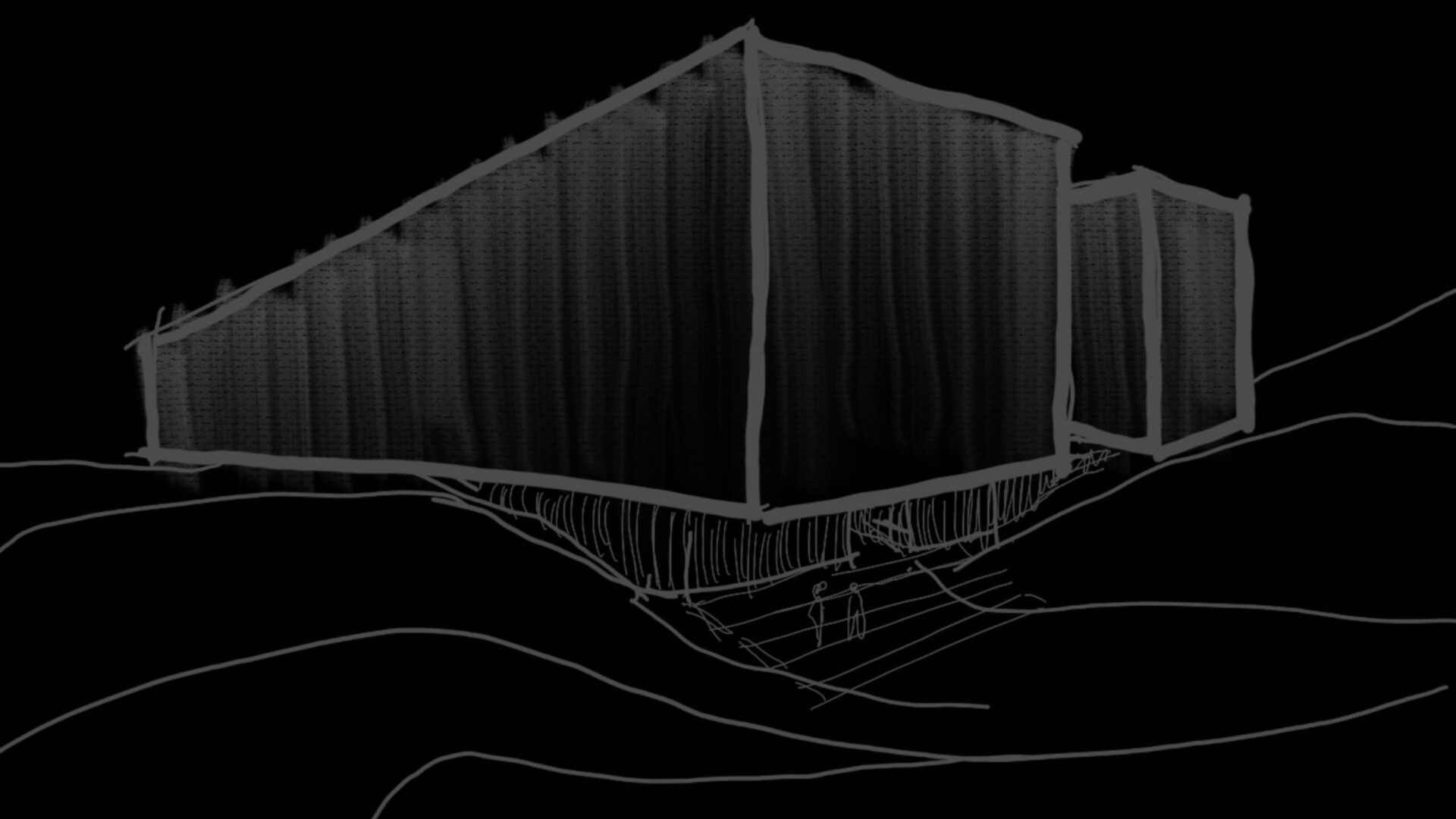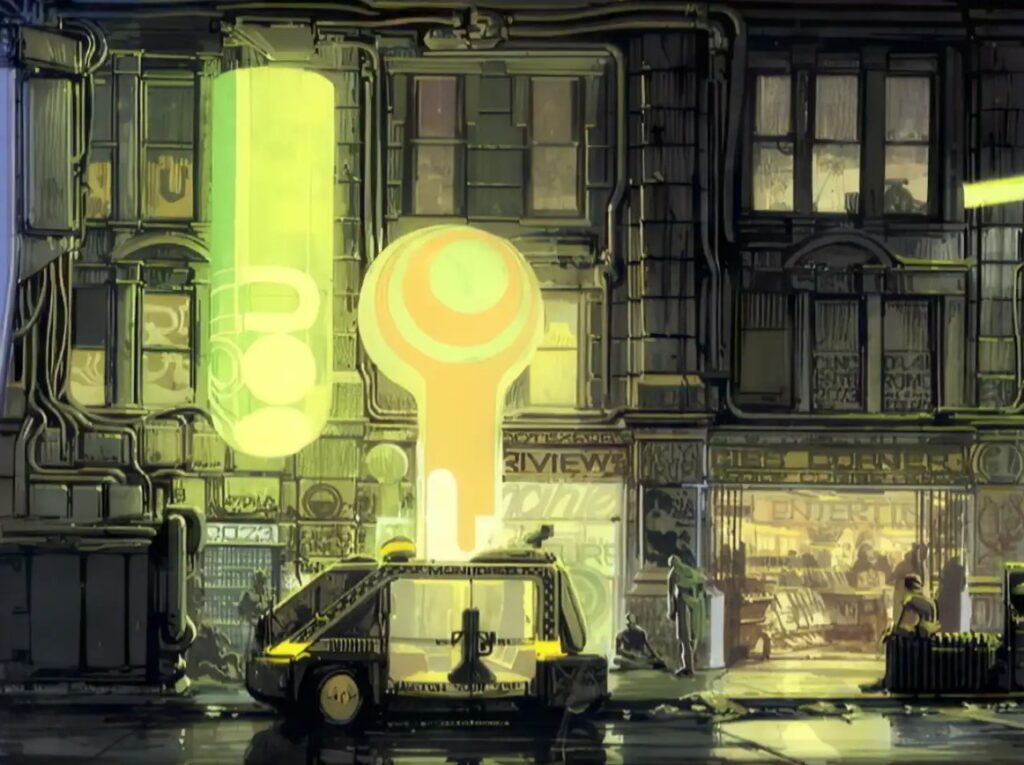
image source: Automotive Display Facility
When we talk about designing virtual worlds —whether for a movie or a video game— we often think of concept artists, 3D designers, or creative directors. But there’s a figure who, although not always at the forefront, holds incredible potential in these spaces: the architect.
As an architect, I’ve spent much of my career designing real, tangible spaces that must meet building codes, serve functional needs, and respond to physical contexts. But in recent years, I’ve given myself the opportunity to explore a fascinating field: architectural design for virtual worlds.
And this is where the role of the architect can shine in a different way.
Beyond Physical Limits
In the physical world, architecture is bound by gravity, materials, budgets, and permits. But in film or gaming, those limits disappear. We can imagine and build floating cities, inverted cathedrals, houses inside colossal trees, or impossible environments. Still, these creations require spatial and structural coherence to feel believable within the narrative universe. That sense of coherence is something an architect —thanks to their training— can contribute with great value.
Artistic and Technical Training: A Powerful Blend
An architect doesn’t just draw plans. We’re trained to think in volumes, proportions, movement through space, and atmosphere. We study art history, descriptive geometry, structures, color theory, landscape design, lighting, and materials. All of this makes us professionals with both an artistic and technical perspective —something especially useful when designing environments that need to tell stories or convey specific emotions.
For instance, in an open-world game, the design of an abandoned temple shouldn’t just be visually impressive. It should evoke mystery, history, decay. Its spatiality should invite exploration. That’s where the architectural mindset can elevate the design beyond mere decoration.
Not Essential, But a Competitive Advantage
Of course, you don’t need to be an architect to design incredible virtual worlds. There are amazing 3D artists out there who never studied architecture. Still, when a creative team includes an architect with artistic sensitivity and technical knowledge, the design becomes richer. It’s a hybrid profile that can communicate with art directors, animators, programmers, and modelers —but also with writers and level designers.
Architectural Inspirations in Digital Fiction
Over the years, we’ve seen how the work of visionary architects has served as direct or indirect inspiration for entire fictional universes in film and gaming.
One of the most iconic cases is Syd Mead, whose futuristic illustrations deeply influenced the aesthetic of movies like Blade Runner. His approach —filled with monumental volumes, technological detail, and layered urban chaos— set a new standard for visual science fiction.
Image source: VISUAL FUTURISTIC
Another compelling example is Lebbeus Woods, whose speculative and enigmatic architecture —deeply conceptual and chaotic— has visual parallels with settings like those of 12 Monkeys. His drawings and impossible structures seem to have informed the film’s dystopian world. His work wasn’t just about buildings, but radical ideas about how we inhabit space in extreme conditions.
Image source: Lebbeus Woods, Sarajevo from War and Architecture, 1993
In the world of video games, the underwater city of Rapture from BioShock feels like a digital reinterpretation of 1930s and 40s art déco, reminiscent of Hugh Ferriss’s moody visions of megacities. The lighting, scale, and verticality in Rapture evoke the same emotional density found in his drawings.

Image source: Buildings in the Modeling Project (Aerial perspective) 1924
Even games like Control, with its brutalist, labyrinthine environments, echo the institutional architecture of the 20th century, referencing styles and typologies that any trained architect could easily recognize and expand upon.

image source: National Center for Science & Innovation of Lithuania
And we can’t forget bold works like those of Mark Foster Gage, whose highly ornamental and provocative proposals look like they were designed directly for a fantasy game or film. Though conceived for the real world, many of his ideas find even more freedom within digital media.


